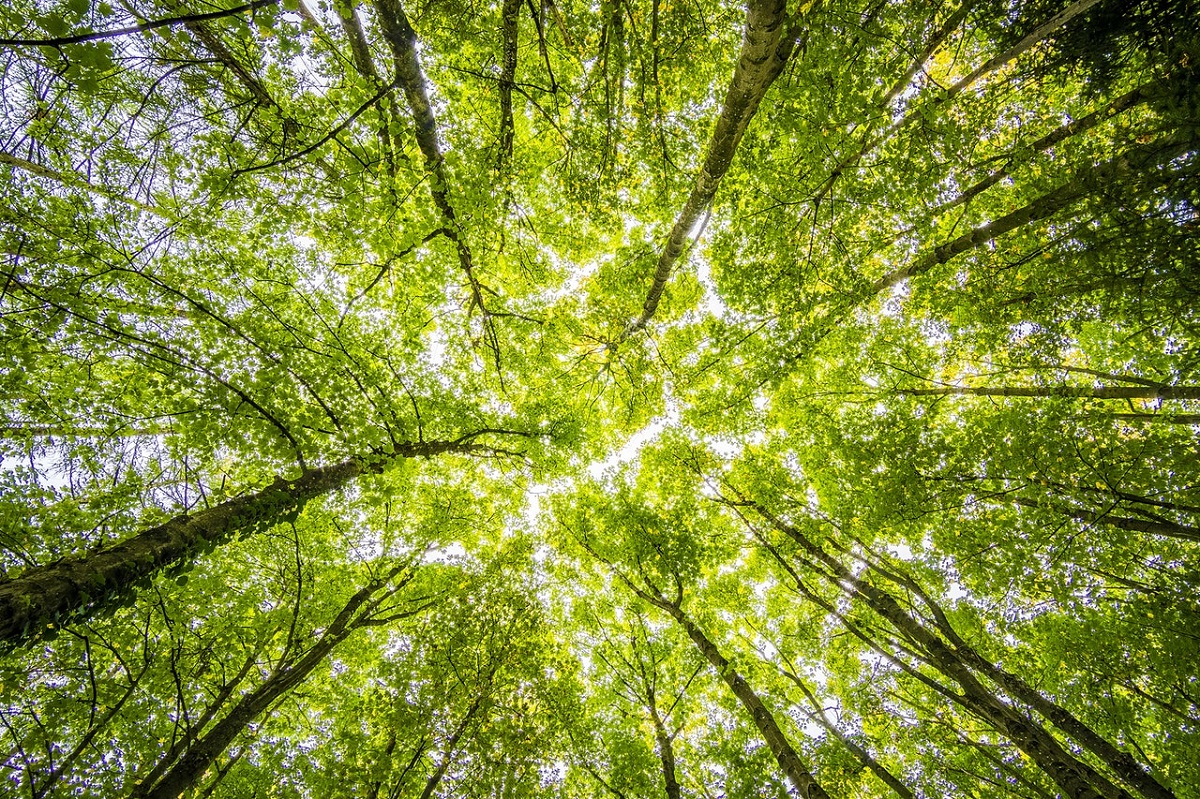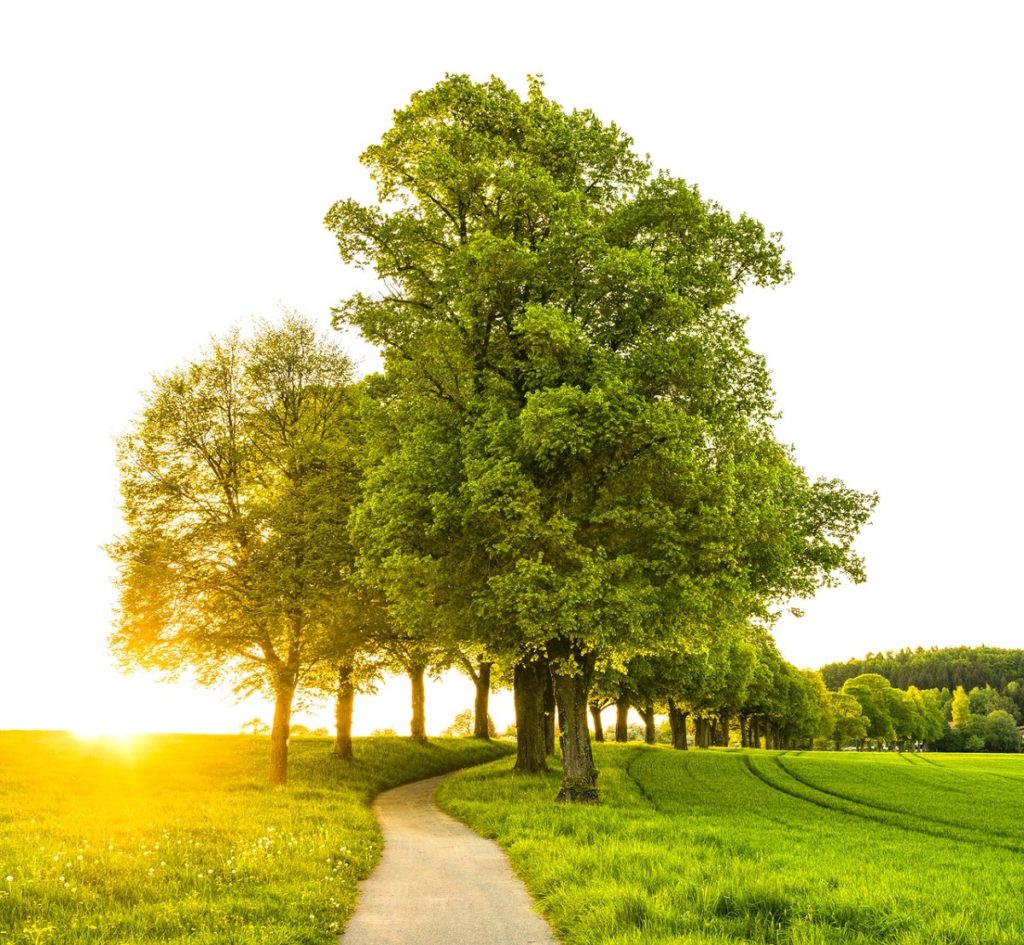Joyce Kilmer might have captured it perfectly when he famously said that he had never seen a poem lovelier as a tree. Not one human artwork could ever match the beauty of nature.
Despite that, there’s not much we know about one of the oldest living things on the planet (they may have been around for over 350 million years). Sure, we understand that trees need some love and care. Those whose branches have already gotten old and about to fall off may require tree trimming to keep everyone safe.
Tree trimming is also ideal if you want the branches and leaves to grow in a certain direction or way. Moreover, by getting rid of anything that’s dead, you can allow more sunlight to penetrate the crown. But what else do you know about trees? These facts will hopefully let you appreciate these fantastic living things and learn to love them even more:
1. Trees Do Sleep
Well, at least not in the way that humans and other animals do, according to European research. Some tree species may also “sleep” in different ways. Usually, though, the branches may droop during nighttime. To come up with this data, researchers from Hungary, Finland, and Austria observed the movements of birch trees at night and found that their branches could lower down by about 10 centimeters.
Even more interesting, they discovered that they can also have a daily cycle, which means they go through phases at different times of the day. This is similar to the circadian rhythm of humans. For example, the branches may return to their original position within a few minutes or hours after the first streaks of light appear.
Trees don’t just sleep, but they can also hibernate, especially during the winter. You will know that they’re about to when their leaves begin to fall. As the coldest months roll in, there may not be any left on the branches that the tree can look dead—with snow. In reality, by getting rid of the leaves, they can redirect all their remaining starches and other nutrients to their most important part: the roots.
2. These Living Things Can Be Shy
If you’ve ever walked in a rainforest or a park that’s dense with tall trees, you might have noticed how sunlight can pierce through the leaves and branches and eventually touch the ground. You might have also observed that this could be happening because the branches and leaves of the trees, interestingly, were not touching one another.
Experts call this phenomenon crown shyness, and while they still don’t understand why this happens, they have formulated various theories:
- The wind may be strong that it can cause one branch to hit another, leading to damage. Trees may then have to adjust the growth of their branches to avoid this problem.
- Trees may be able to sense the presence of other plants closest to them. To prevent competing against resources, like sunlight, they leave gaps in between them.

According to National Geographic, these plant species may also shy away from others to prevent disease. By keeping the branches and leaves to themselves, they can prevent parasites, bugs, dead leaves, and other vectors of illnesses to move to them. In other words, before even humans know the meaning of social distancing, the plants are already practicing it!
3. Fungi Can Help Trees Thrive
Sometimes, when people think of fungi, they immediately imagine harmful parasites. But there are different types of fungi with also various roles to play. Some of them may actually be helping not just one but a forest of trees to survive. This is the finding of the University of Alberta in its study released in 2020. According to the team, once the fungi found their way into the roots of the tree, they spread fast and create a network or a highway toward other plant species.
In turn, the trees maximize these links to share nutrients and water. The plants may even protect one another from insect attacks by giving away compounds that send defense signals. They also learned that the more comprehensive the fungal connections are, the more thriving the trees look. They can be much stronger and are able to live longer.
In the meantime, the fungi benefit from these trees that can provide them with valuable food sources, such as carbohydrates. This makes the relationship one of the best examples of mutualism.
Indeed, trees are very much like other living things. They need sustenance to survive, they protect themselves and one another when necessary, and they can also rely on other works of nature to thrive.




